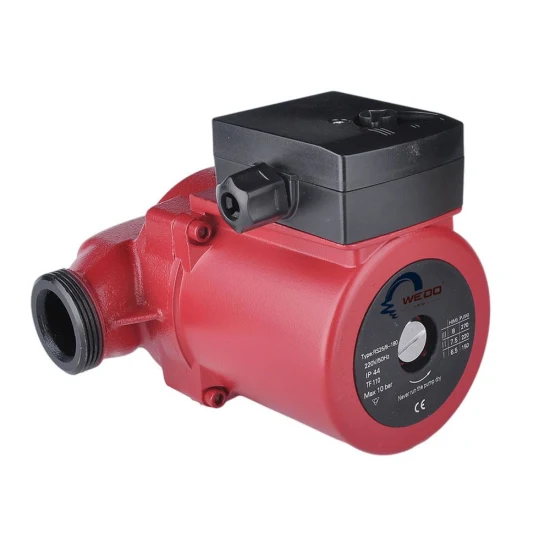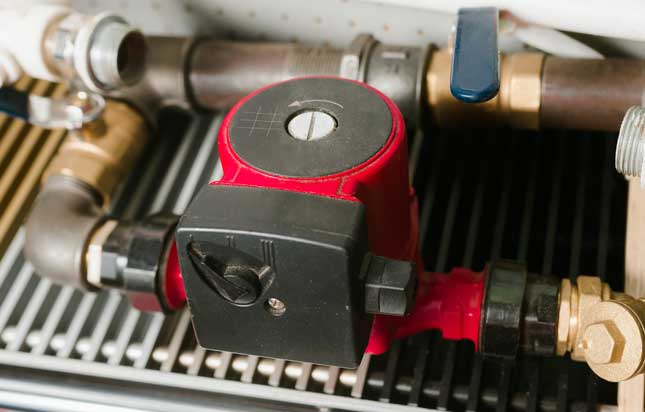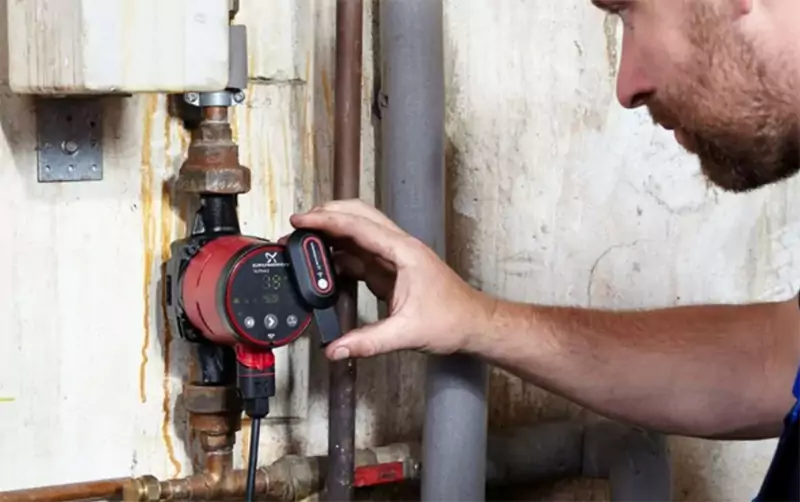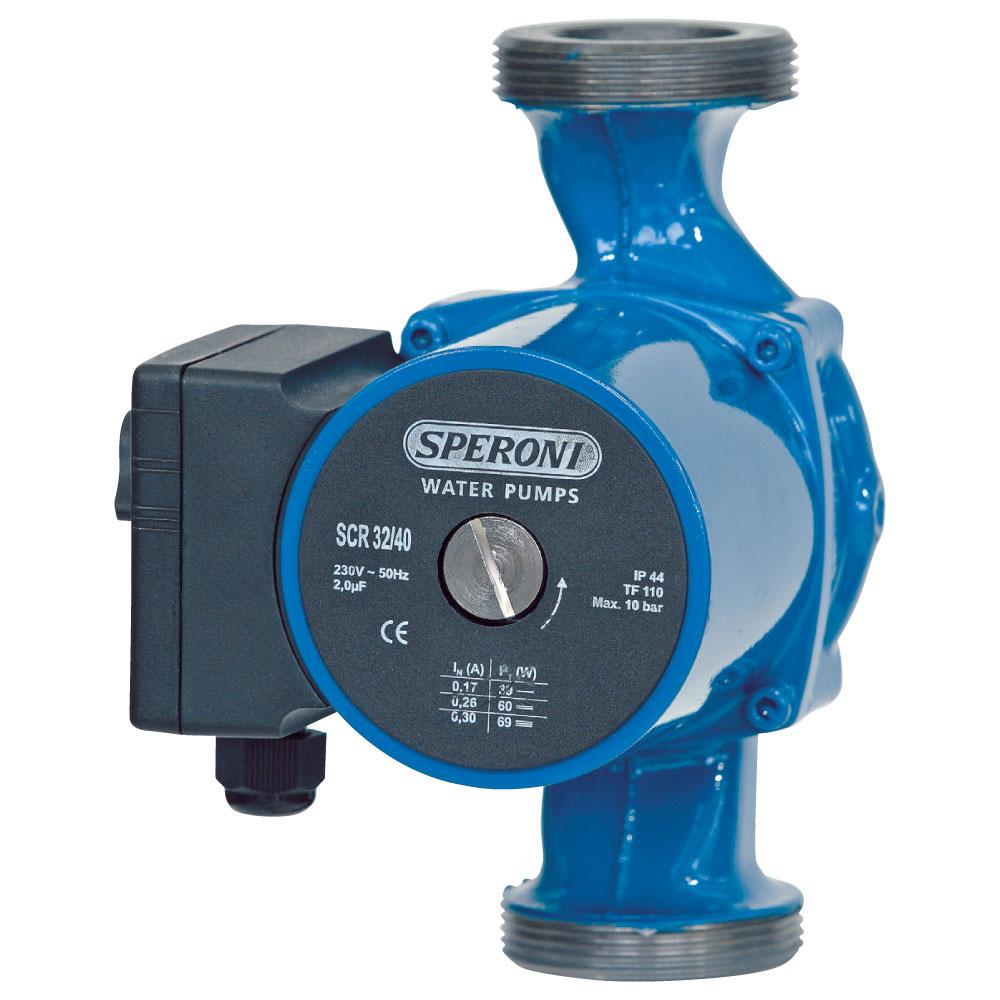Now almost every private house and apartment with individual heating has a circulation pump. This is an integral part of the modern heating system circuit, although previously they could do without this electrical appliance. The system was designed so that its filler would move by gravity due to natural expansion when heated. But now the focus is not on practicality, but on aesthetics. And it is for this reason that now there is no way without a pump, but the pipes go to the radiators as you wish – even under the floor. You can rejoice at this fact or complain, but you have to put up with the fact that your heating now also depends on a stable supply of electricity and on the serviceability of the motor itself. Today we will talk about how to properly handle the circulation pump so that it lasts as long as possible.
Basic rules for working with a circulation pump
There are basic rules, following which, you will not have problems with the circulation pump. First of all, it is not turned on if there is no coolant in the system. The coolant is a natural lubricant for the pump and at the same time a coolant. If you run the engine dry, its parts will quickly wear out.

The second important point is the interaction of the coolant and the pump chassis. Hard water forms a hard limescale deposit on parts; it is necessary to monitor the quality of the water and periodically clean the pump of deposits.
You should never leave your heating system pump unattended during the summer. One of the most common causes of breakdowns is seasonal downtime. During this time, the seals dry out, and as a result, at the moment of startup, you will get a leak.

The cause of problems with the circulation pump may be excessive heating of the coolant. Maximum – 75 degrees. Heating above this temperature leads to the formation of a sediment of salts, and this again deposits on the chassis.
What problems can arise with the circulation pump?
Equipment does not break down suddenly and immediately. She gives you signals first, so listen to them.

What should alert you:
- Extraneous knocks. The cause may be a foreign body getting into the coolant or fouling of the shaft. Periodic cleaning and installing a mesh filter that will catch debris will help solve this problem.
- The motor does not start. The reason may be a lack of contact in the power supply, a violation of the integrity of the wires, or problems with the socket.
- Engine humming. The reason lies in the airing of the system, that is, the formation of an airlock. Good imported pumps have a valve to remove air. If it is not there, you need to get rid of the plug by bleeding it.
- Excessive vibration. The reason for this “signal” is that the bearing is worn out and needs to be replaced.
- Slow movement of coolant. The filter needs to be checked and cleaned.
- Spontaneous motor shutdown. This is a serious cause for concern. You won’t be able to handle the repairs yourself; you’ll most likely have to rewind the motor.
Bottom line: how to monitor your circulation pump
So, for the pump to work as long as possible, you need to listen to its operation and, at the slightest sign of a problem, immediately identify its cause.

